SYDNEY - NEW ZEALAND - Sept 2024
- Bob Anderson

- Jan 8
- 11 min read
Updated: Jan 11

New Zealand found itself on the radar in 2017, while there were no plans to revisit Australia, after exploring the country in 2010. The initial plan was to visit both islands since entry would be through Auckland. A frequent flyer award trip through Sydney and a new extension of the metro through the city changed the plan. Only the South Island was visited flying between Sydney and Christchurch, New Zealand.
United States citizens no longer need visas to enter either country, but an Electronic Travel Authorization (ETA) is needed to enter both countries. The ETA is obtained for a modest fee using each country’s phone app. This was an inconvenience for me as one who detests using the phone for anything beyond voice communication.
Getting to the airport was once again complicated. The bus stop is located uphill which makes lugging baggage difficult. The local taxicab company doesn’t want drivers to enter the city near rush hour. I waited more than an hour before calling friends to get me to MARTA for an airport train. Arrival at the airport was in just under two hours for an international flight.
This was my first trip on an Airbus A-350 aircraft. Delta’s was well equipped and comfortable, but there was a slight disappointment that the aircraft was not as quiet as the earlier A-380s flown with Emirates and Air France. A “connection” to the continuing flight from Los Angeles to Sydney was made travelling on the same aircraft. Nineteen hours were spent in the same aluminum can, same seat during the two segments.
Immigration and customs at Sydney were not very complicated, but better signage would have made the process smoother. Passport stamps are no longer given with the digitized process. A paper form asking about lodging, personal character and what’s being brought into the country is given. Entry is granted with the passport scanned and the signed form deposited.
The first order of business was to install a local SIM card in the phone for calls, texts and internet. The SIM card worked half of day one and then no longer offered service. This was addressed with the Australian carrier, OPTUS, when the country was re-entered two weeks later.

The pre-paid Opal Card is used to cover transportation on trains, busses and ferries throughout the Sydney area. The cost of transportation tends to be on the expensive side. Payment is discontinued daily Monday through Thursday after spending $18.70 AUD. The weekend spending cap for Friday through Sunday is $9.35 AUD.
The Sydney airport rail stations are owned by a private company that charges about $17 AUD for entry and departure. Research prior to arrival indicated that the railway station gate fare could be avoided by taking Bus 420 to/from the Mascot-City Trains Station. The slow 30-minute meandering ride wasn’t a problem since I wasn’t tired and couldn’t check into the hotel.
Exploration of the metro stations started as soon as the luggage was left at the hotel. I’m fortunate to be only mildly affected by jetlag, if at all. The architectural design of the suburban metro stations northwest of the city is outstanding, but there is a general lack of art installations. Thirteen stations on this section have been providing service since 2019.
Eight additional stations along the extension into the city under Sydney Harbour were opened in mid-August 2024. The architecture is standard for in-town stations, but with unique art installations. The metro stations are located on Aboriginal land and the art installations reflect the history of Australia's indigenous people. BRAVO! Eighteen stations were covered before too many people were wandering about during evening rush hour.
The metro has drastically reduced commute times into the city center with speeds up to 60 miles/hour (100 km/hr) compared to the slower City Trains, busses and ferries.
Anzac Bridge and Anzac Memorial
The evening was finished getting night shots of two city icons that impressed during the 2010 visit. The hope for special lighting on the Anzac Bridge was dashed by mild disappointment. The Anzac Memorial in Hyde Park was as stunning as ever, but closed to internal visitors.
Day two began with a helicopter flight above the city accompanied by two other passengers. Sydney Heli-Tours provided pickup at a local hotel and drop-off service. Skies were generally clean, with little haze. A significant area was covered during the 20-minute flight. The cost was substantially less than the Sydney Harbour Bridge Climb, which does not allow cameras. The flight is popular enough that only one seat needed to be purchased.
An enjoyable cruise of Sydney Harbour from Circular Quay followed and covered much of the area included in the helicopter flight. I enjoy experiencing a city from the air, water and below ground. It allows me to investigate how people move about a city.
Next activity was a tour of the Sydney Opera House. The tour visited seven stages which included the Concert Hall, Opera House Theater, Playhouse Stage, Drama Theater, and the Studio. Be aware that photography is only allowed in main concert hall and on exterior walks about the structure.
Sydney Night Crawl . . . [Slide Deck]
The day finished exploring iconic city sites from unknown vantage points. A guide hired from Aperture Tours found these locations. Sites included, Luna Park, Darling Harbour, the Opera House and the Sydney Harbour Bridge. This was completely enjoyed in the dry compared to previous Aperture experiences in London and Berlin marred by rain.
Being in Sydney again was a joy, this time with knowledge of the city’s geography. Air temperatures were unseasonably warm for the waning winter at 80⁰F to 85⁰F (27⁰C to 30⁰C). My message to deniers of climate change is to cut the shit and admit that we are not experiencing cyclical events.
Getting to the airport for an 8:00 am flight to New Zealand required a taxi ride to a City Trains station since the metro doesn’t begin operations early enough for the international three-hour check in arrival. The 5-minute ride cost $ 30AUD, $ 20USD. I was probably over charged. Stay out of Sydney taxis with the excellent public transportation and ease of use and frequent head ways. The $17 gate fare at the airport couldn’t be avoided this time.
Emirates provided transportation for the three-hour flight to Christchurch, New Zealand. The Airbus A-380 aircraft was as quiet as ever, with no reminder that one is moving through the air in an aluminum can. Emirates delivered with a quality breakfast, of which I will spare you from a frivolous food photo. Emirates services Christchurch with this positioning flight to collect passengers for Dubai from the South Island, alleviating the need to connect in Auckland on the North Island or in Sydney.

Arrival in Christchurch was fairly similar to arrival in Sydney with minor confusion and poor signage through customs and immigration. The ETA again precluded receiving a passport stamp. Queenstown might have been a better point of entry, but I suspect rental vehicle costs might have been higher at this tourist mecca. Since Queenstown is a popular tourist destination, lodging in Queenstown is about 40% more than where I stayed in Te Anau. This also may have influenced visiting Dunedin and Christchurch which both were thoroughly enjoyed.
The telephone SIM card in New Zealand was a more favorable experience than the Sydney debacle with OPTUS. Service with calls, texts and internet were available throughout the visit.
Christchurch rental vehicles are moderately priced. New Zealanders are very fond of SUVs with cars more difficult to come by. Anything on four wheels, not a pickup is the story of how I was saddled with an SUV instead of the requested car. Gas prices were about $6.50/gallon ($2.65 NZD/liter) or nearly $100 USD per fill up. The Mitsubishi ASX was driven more than 1,200 miles (1,925 km) over 10 days.

Mitsubishi ASX Rental SUV
Driving the SUV was a never ending nightmare with the high center of gravity, no ground vision to vehicle front, the wide turning radius, and parking like an old lady behind the wheel. Driving on the left resulted in early turns landing in the right lane. Driving on the left side of the road and seeing an approaching vehicle on the right in the dark is a recipe for loaded pampers.
The afternoon started by getting lost on a traffic circle heading in the wrong direction for an hour before turning around. City to city driving on the South Island consists of two-lane roads with a maximum speed of 100 km/hr (60 mph). Signage for continuing on the same highway seemed to disappear inside city limits. Speeds drop dramatically inside town limits.
The South Island was still in the midst of winter with low temperatures, snow and rain. The first lodging in Twizel was in a tourist area south of Mount Cook (Aoraki) that was the most expensive of the trip and a complete dump. I slept two nights in winter clothing to stay warm. The first helicopter flight was scheduled to circle Mount Cook and pass over Fox and Franz Josef glaciers. Mount Cook was the only available options due to strong winds. Aoraki is the highest point in New Zealand at 12,200 feet (3,725 meters) in the Southern Alps, along the geographic spine of the South Island.
The second New Zealand lodging was in the town of Te Anau for five days, as a base of operation to visit Doubtful (Patea) and Milford (Piopiotahi) Sounds. As stated above, accommodations in Te Anau are much more affordable than in Queenstown. I enjoyed staying in Te Anau with its moderately priced restaurants and proximity to planned activities, however, groceries had sticker shock prices. The motel was reasonably priced and quite comfortable.
The planned helicopter flight to Doubtful and Milford Sounds was cancelled due to wind and weather. Rain on day two also delayed the ground trip to Milford Sound (Piopiotahi) by a day, when a small group travelled by van. Heavy fog and low clouds inside the fiord of Milford Sound were followed by sunshine toward the end of that trip. Milford Sound is smaller than Doubtful Sound at 9½ miles long, 950 feet deep, with steeper cliffs rising 3,900 feet above the canyon floors and waterfalls. While Milford Sound is accessible by road, travel with a tour company is highly recommended.
The summer like temperatures from Sydney were not felt on the South Island with lows about 35⁰F/2⁰C and highs about 46⁰F/8⁰C. Rain delayed the visit to Doubtful Sound (Patea) by an additional day. A different company using watercraft and motor coaches provided transportation, which lacked the small group intimacy had visiting Milford Sound. Doubtful Sound can’t be reached by road. A boat trip across Lake Manapouri, followed by motor coach over Wilmont Pass is the only access. Doubtful Sound is then experienced on water craft. The weather was perfect with sunshine throughout the day.
Doubtful Sound is a fiord consisting of five arms and several islands. It is about 25 miles long and 1,400 feet deep. Glacial ice carved mountainous valleys that became submerged as sea levels rose and are now visible with seal level changes through geological time. Awesome photos were captured throughout the day. The delays pushed the visit to Queenstown into cancellation. My pocket is smiling at refunds from the cancelled flights were heartily welcomed since New Zealand fields higher costs than over 25 prior flights at other locations.
Dunedin City . . . [Slide Deck]
Dunedin was on my radar for its beautiful railway station. An Australian asked if I had a touch of Sheldon Cooper from The Big Bang Theory television show being aware of my passion for subway stations. Dunedin was reached after four hours driving from Te Anau on scenic, but twisting roads. The weather varied between overcast and rain, with enough time to capture photos in the dry. The railway station, opened in 1906, was once the busiest in New Zealand. The exterior consists of local dark basalt and white Oamaru limestone, with terracotta shingles imported from France. The construction is repeated in Dunedin and Christchurch.
Moekaki Boulders . . . [Slide Deck]
The five-hour drive from Dunedin to Christchurch included a stop along State Highway 1 to see the Moekaki Boulders. Silts and clays deposited on a shallow sea bed became encased in calcium as sea levels rose in the geologic past to form hardened shells that were later eroded from soft muds as sea levels again rose.
Christchurch was the final New Zealand stop. Both cities were enjoyable places to visit, being walkable cities and somewhat scenic. Parking was an extra in both cities and the SUV was returned after unloading in Christchurch.
The final day began with an incredible breakfast at the Foundation Café located in the Tūranga Library at City Centre. The library has four levels of tasteful architecture housing thousands of volumes and incredible city views. The walk to the library was sprinkled with many painted murals featuring works by Maori artists, highlighting the indigenous culture.
Checking Out Christchurch . . . [Video]
The first morning back in Sydney found me at the Anzac Brid
The City Centre is also home to the Convention Centre, Christchurch Cathedral, Bridge of Remembrance over the Avon River, and Riverside Market. The Christchurch Art Gallery (Te Puna o Waiwhetū) is an architectural gem. Christchurch is a night crawler’s paradise with colorful places to explore, especially the Art Gallery. Fat Eddie’s restaurant was captured in a mood while the skies were sleeting. My late brother was called Fat Eddie behind his back, but never to his face for good reason.
Christchurch Night Crawl . . . [Slide Deck]
Christchurch Cathedral was destroyed by an earthquake in 2011. Local politicians pandering to complainers have stopped all tax dollars from being used in restoration construction. The back thought from an outsider is that national heritage is being lost for selfish reasons. The French had the sense and insight to move forward with restoration of Cathédrale Notre-Dame de Paris following the 2019 fire that destroyed the structure's roof. Hopefully, the city of Christchurch will eventually understand the importance of its loss.
The half full flight to Sydney was uneventful, with the exception of after effects from prostate cancer. No TMI is going to be given, i.e. Don’t ASK! The day was more or less wasted being kicked out of the hotel in the morning for an evening flight. The Christchurch Airport received an inspection in the spare time.
Arrival at 7:00 pm in Sydney meant that the $17 gate fare at the airport would be paid, even though the ride to the hotel was only 45 minutes. OPTUS was challenged to resolve the loss of internet, phone calls and texts on the SIM card.
The first morning back in Sydney found me at the Anzac Bridge for day time shots. The three metro stations abandoned earlier followed. Sydney city icons and the architecture of the New South Wales Art Gallery, New South Wales State Library and the Queen Victoria shopping emporium were then explored. Sydney has some architecturally impressive libraries. The day finished with a golden hour and night walk along the Pyrmont Bridge crossing Darling Harbour.
Friday morning included full exploration of the architecture inside the Anzac Memorial and that of three exceptional libraries. La pièce de résistance du jour was capturing the stunning night architecture outside the suburban metro stations.
Sydney Metro at Night . . . [Slide Deck]
The trip to airport for a 9:30 am flight included challenges and a surprise. Track work on the north suburban metro had service commencing on the section opened this past August. The collector bus service terminated service about 500 meters downhill from the station. Rolling the luggage uphill was the trauma avoided at home. The surprise was free transportation, without the $17 airport gate fee.
Both New Zealanders and Australians are to be commended for finally coming to terms with the indigenous cultures their ancestors nearly obliterated that are now recognized and included as part of the national heritages. Such a move beyond lip service would go a far distance in the United States for the Native American and Black cultures overlooked.
Delta wasn't too bad with its A-350 aircraft and surprising upgrades after having lost status in the frequent flyer program. The aircraft was comfortable during the 4, 14, and 15-hour segments. The quality of the meals was acceptable, along with snacks available on demand. Transiting through customs and immigration at LAX was a returning nightmare due to poor signage and walking about two miles to return to the same seat on the same aircraft.
Get ready for ETAs allowing travel to Europe in 2025.
Complete sets of photos can be viewed at:
Sydney City: https://adobe.ly/4eCe9N8
Sydney Metro: https://adobe.ly/4i2djMG
New Zealand: https://adobe.ly/3B537T4






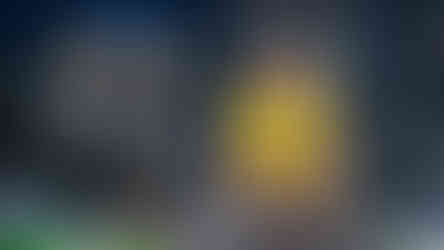



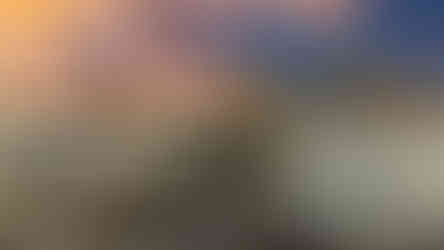
























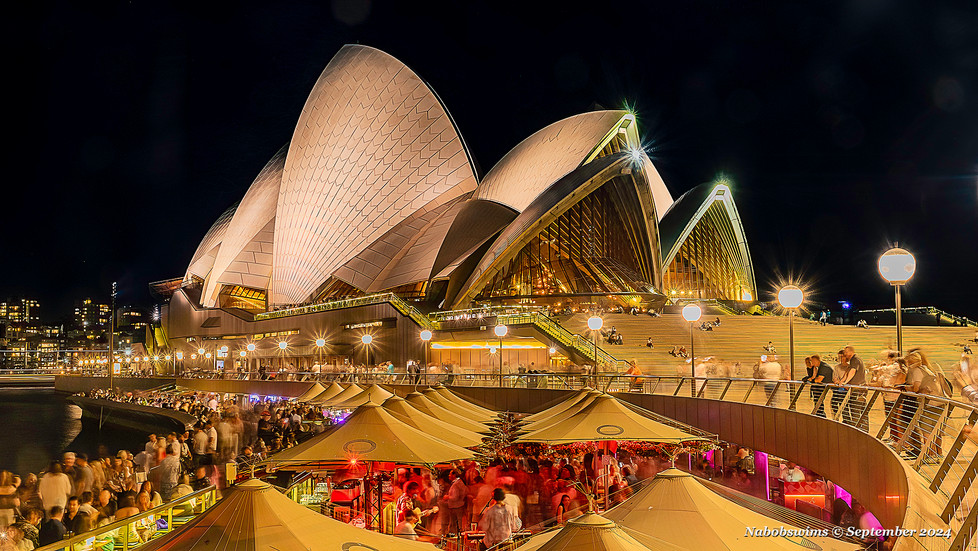



















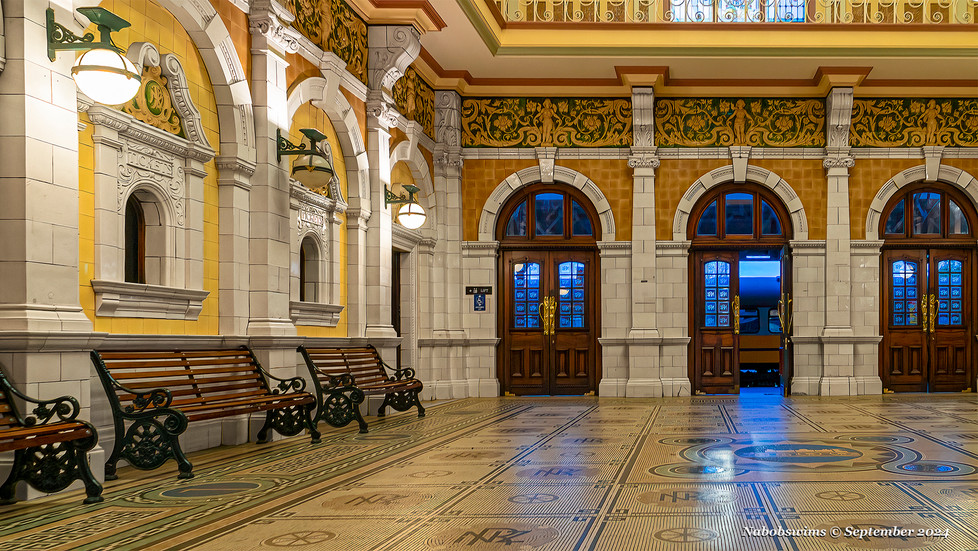

































































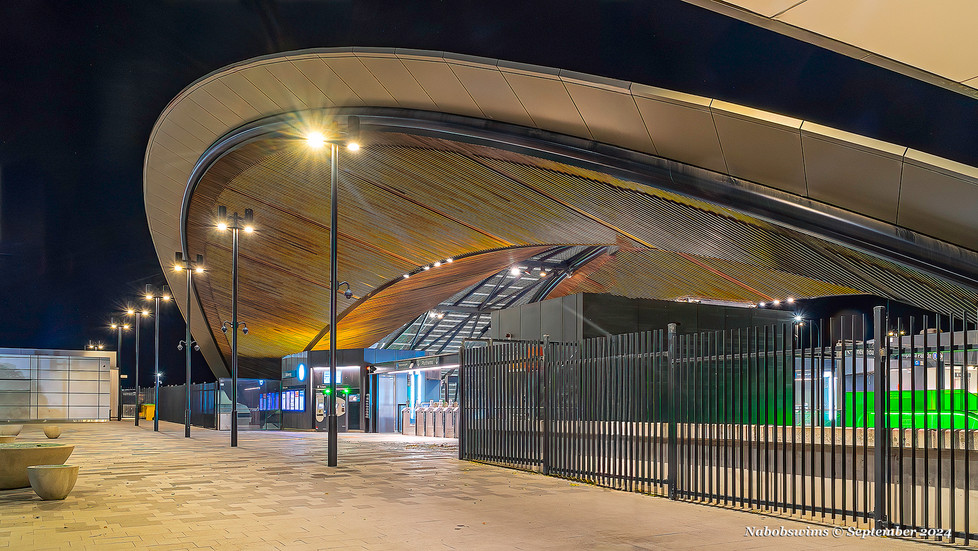







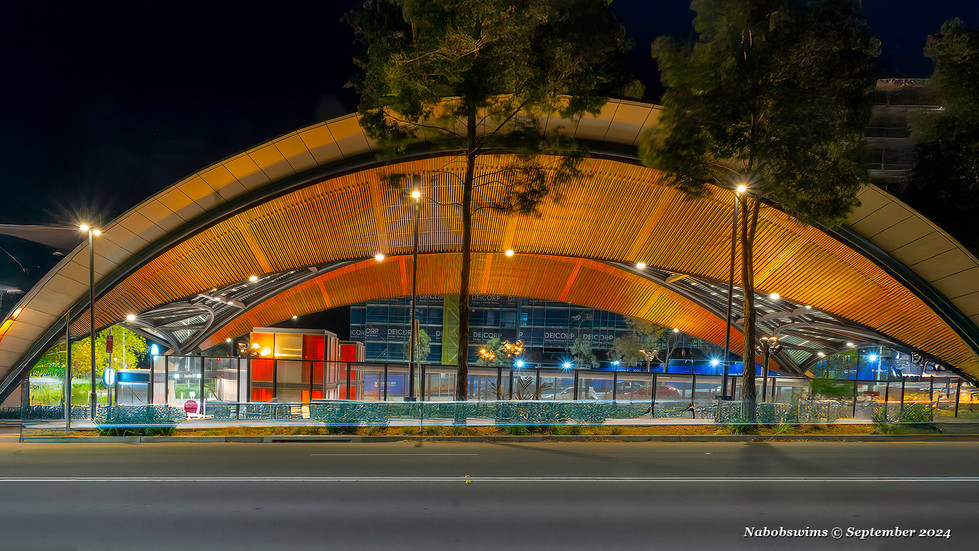
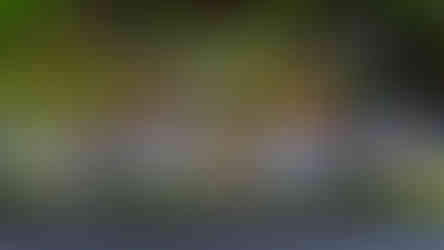







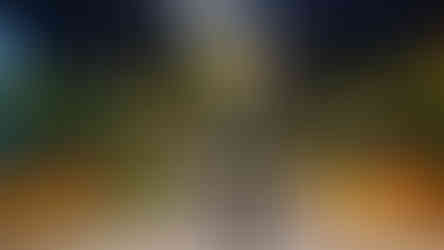

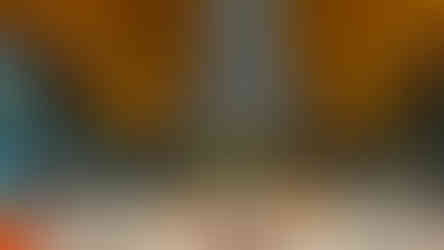



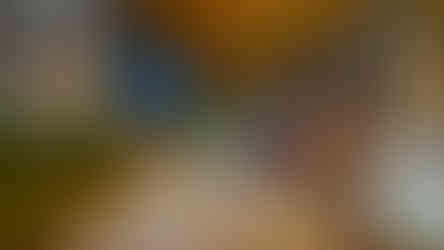







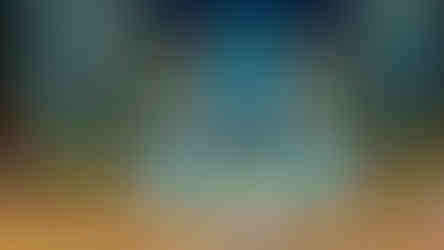



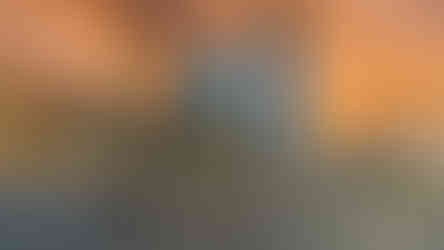








Comments